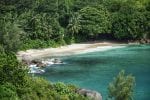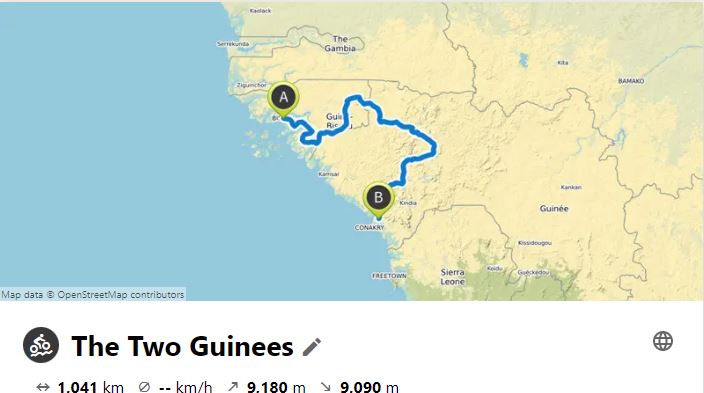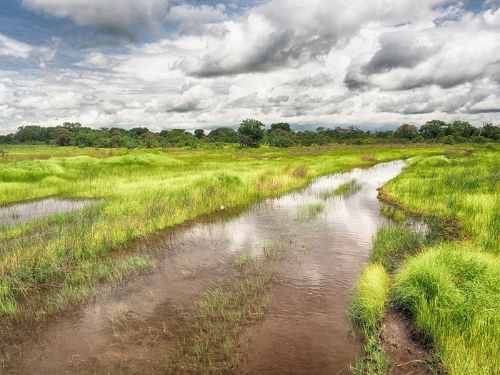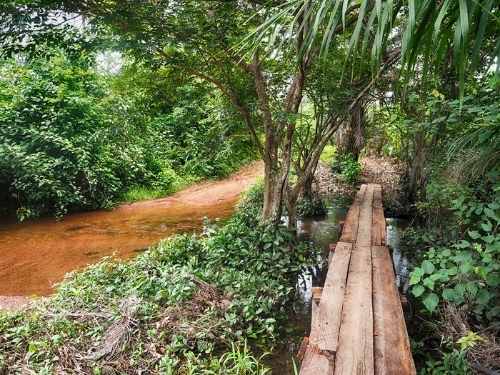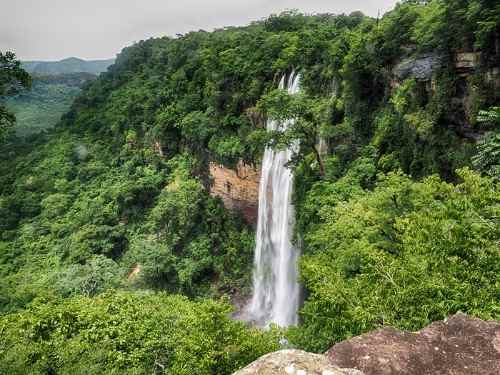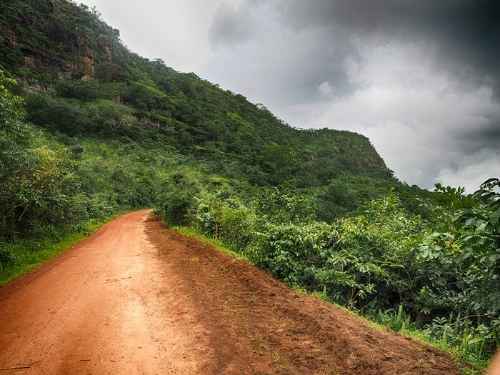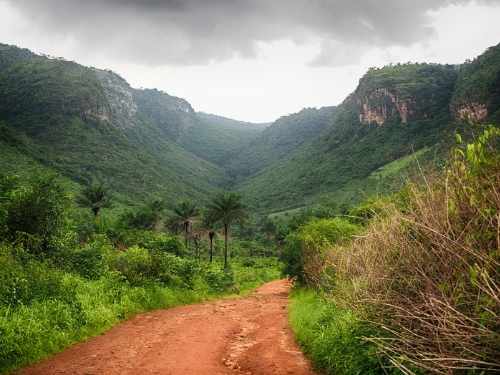Last Updated on 3 May 2024 by Cycloscope
Cycling Guinea Bissau and Guinea
Bicycle touring West Africa with Filippo Graglia
The Two Guineas route is a huge jump in another world. An ancient world, of endangered traditions and cultures.
SETUP
Frame bag – Porcelain Rocket
Saddle pack – Ortlieb
Bar pack – Revelate, Sea to Summit
Cargo cages – Salsa
Top tube bag – Alpkit
Stem bags – Alpkit, Revelate
BIKE
Salsa Fargo 2017
The route will take you on a true exploration of this rarely cycled West African corner, between Guinea Bissau and Guinea. Ancient rural settlements, unchanged for centuries and far from any kind of comfort, host a terribly hospitable population, and a meeting with them could alone be worth the price of the ticket!
The Dulombi-Boe National Park it’s a leap in time. For most of the way you will have the impression of having been catapulted into a prehistoric world, expect a dinosaur to jump out at any moment. Nonetheless, the crossing of the Fouta Djallon massif will reward lovers of breathtaking views.
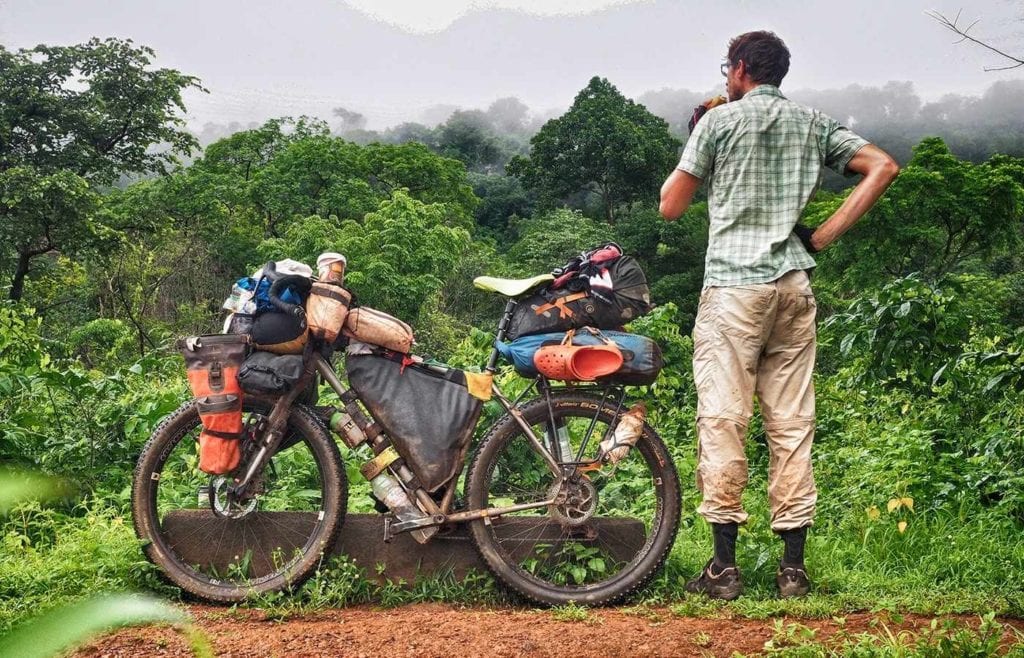
In the capital Bissau, you can try some local delicacies. The tradition here mixes with Portuguese culinary culture, with excellent results.
Seafood is almost always excellent (I recommend trying the Siga). In rural areas, the cuisine is much more basic. In the roadside restaurants, you can still find fried fish, chicken, but the dishes are usually based on rice or polenta.
If you come across a market, take advantage of it, because the local shops sell a few useful products (spaghetti, tomato paste, canned sardines …).
Guinea Conakry cuisine is generally more monotonous. Rice with beans has been the main dish for several days. Water is available in every village. Ask to point you to the well. For an unaccustomed organism, I recommend treating the water before drinking it, although it is generally of a decent quality. Oh, don’t forget to taste the palm wine, produced in many of the rural areas you’ll pass through.
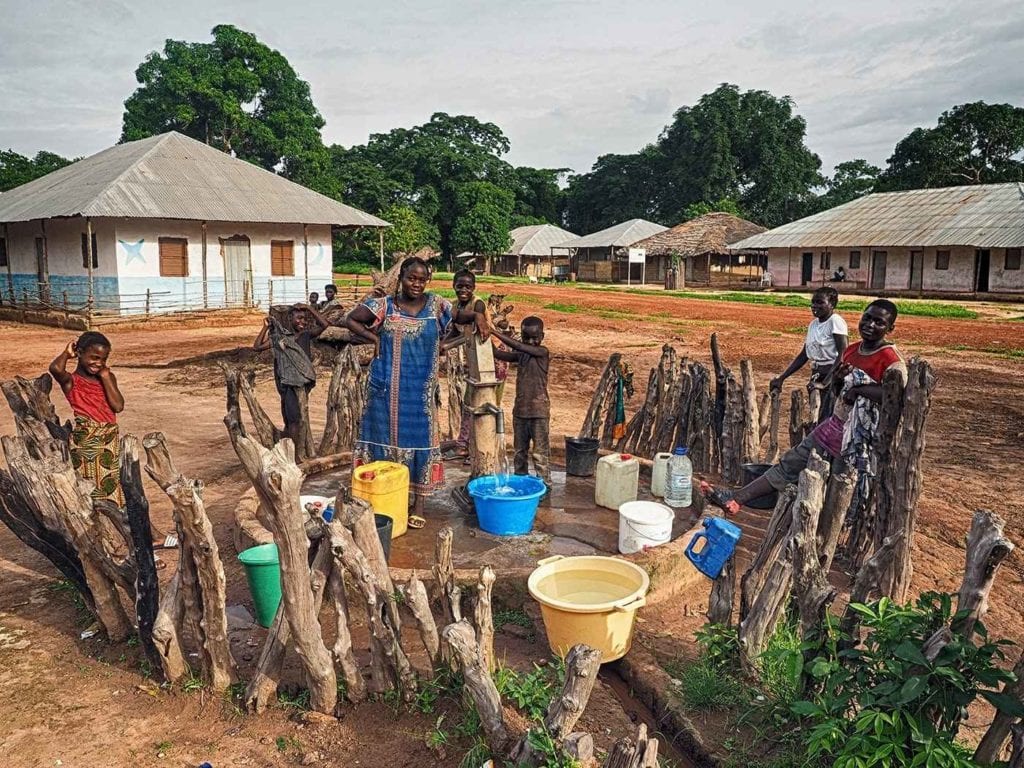
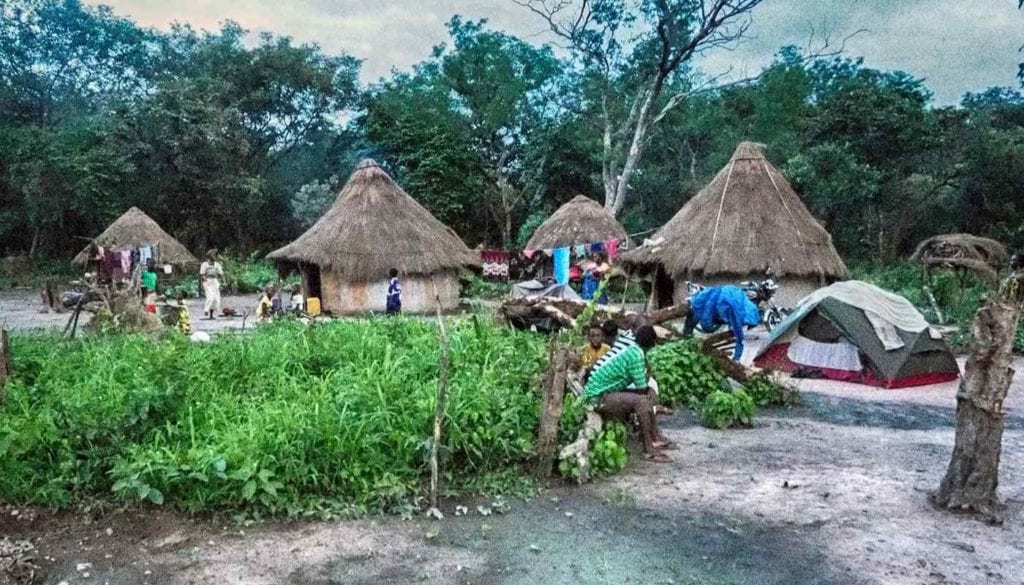
Accommodation is possible in larger villages and towns (Bissau, Gabù, Labè, Pita, Conakry… Basic prices start from 5-10 €.
There are no campsites. Free camping is tolerated (remember #leavenotrace), even if the most intense experience will be lived by staying with the locals for the evening.
Approach them always with the utmost respect and ask to speak with the Chief of the village. He will often be happy to accommodate you. You could offer him a small tip in exchange for his kindness.
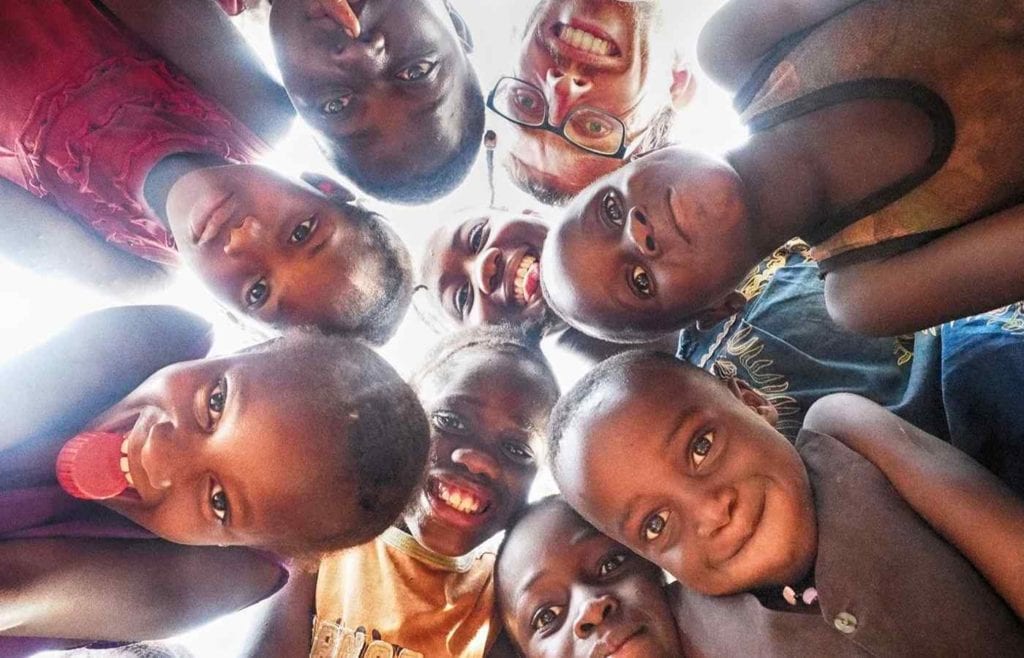
1. Getting to the route start:
there are daily flights from Lisbon to Bissau; a two hours ferry from the Bissau port will bring you to the cycling official start in Enxude. Schedule subjected to tides, ask to ferry office in Avenida 3 de Agosto. Usually, one ferry per day, in the morning, leaves from the port;
2. Visas:
both Guinea and Guinea Bissau require Tourist Visa for almost all non-ECOWAS countries. The exit bureaucracy from Guinea Bissau can be handled at the police station a few kilometres east of Gabu, where the asphalt is abandoned.
3. When to ride:
The hottest period runs from February to May. Rainy Season occurs from June to mid-October, in particular, the rains are torrential in July and August when it rains almost every day. The rains are usually violent thunderstorms of short duration, interspersed with the sun. It’s a cooler period but rains can ruin the roads;
4. Direction to ride:
Itinerary has been travelled west/ east. No particular constraint if you want to reverse the direction;
5. Mechanicals:
There aren’t bike shops along the route, except for some sideoftheroad small repairing shops. Unluckily they don’t generally have experience or tools necessary (someone said hammer?!). So come prepared. Going tubeless is a good option but bring some spare tubes and patches.
6. Health:
mainly in the wet season (June-October) the risk of contracting malaria is high. Evaluate with the doctor the possibility of prophylaxis. Careful prevention against bites is the most effective defence weapon. Some health centres may be found along the route with basic needs and malaria tests. Water purification systems are highly recommended;
7. Safety:
at the time of my passage (July ’18), the political situation was stable. Inform appropriately about any political/ social developments that could undermine safety and cycle touring insurance coverage: the English government website and the French one are two reliable sources. Only dangerous section for the traffic may be in the last 40 km and the city of Conakry. Almost 40km long, the inhabitants of the city drive rather aggressively and apparently without following the rules of the road. I suggest entering the city early in the morning, to avoid the bulk of traffic and have time to reach your destination, Conakry is huge!
THINGS TO SEE ALONG THE ROUTE
- – Diving in the Fula, Mandinka and Soussou ethnic groups. Their traditions and their human warmth;
- – The Dulombi-Boe National Park;
- – crossing the river frontier onboard a wooden canoe will make you feel in an ancient time;
- – the incredible Fouta Djallon in Guinea, with its waterfalls and the many trekking possibilities, for an off-the-bike day;
- – overnight stay in rural villages, with curiosity and smiles of the locals; – the colonial buildings of Bissau and their “ancient” charm.

Cycling Guinea Cornaky and Guinea Bissau – Filippo’s Blog
The itinerary was covered for the first time as part of a journey through Africa. It hasn’t been studied previously, but it has developed in the mind and on paper over the days.
It was also travelled in the middle of the rainy season so some tracks were not passable and I, therefore, had to follow some asphalted roads. However, the possibilities of keeping the wheels on clay are many, since the asphalted roads can be counted on the fingers of one hand.
For those who have more time, I suggest a detour to the east of Guinea Conakry, in the direction of the Upper Niger National Park and beyond, to Nzérékoré and the Mount Nimba nature reserve.
I’d like to conclude with an extract from my book: “All’orizzonte un toubabou”, Guinee Bissau chapter:
“None of them speaks Portuguese or French. In this corner forgotten by God, however, I found a family who welcomed me as if I were their son, intrigued, they helped me set up the tent, they taught me to grind millet in the mortar in the most efficient way. Three of us around the mortar, with a large pestle we beat the cereal, one stroke each, chopping it up. A boy starts music from his mobile phone, and the act of preparation turns into the funny mortar dance. Younger children will laugh at the white man who goes absolutely out of time, slowing down the preparation of dinner.”
Filippo Graglia – “All’orizzonte un toubabou”


